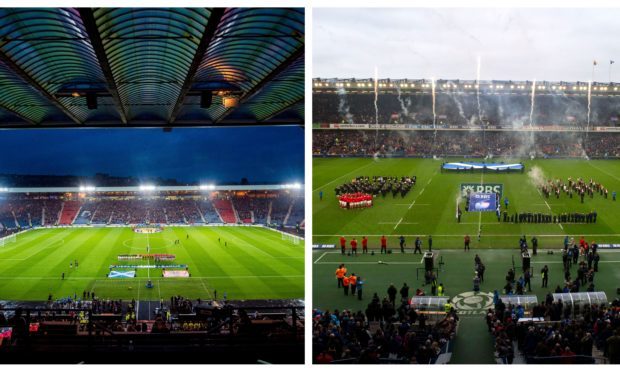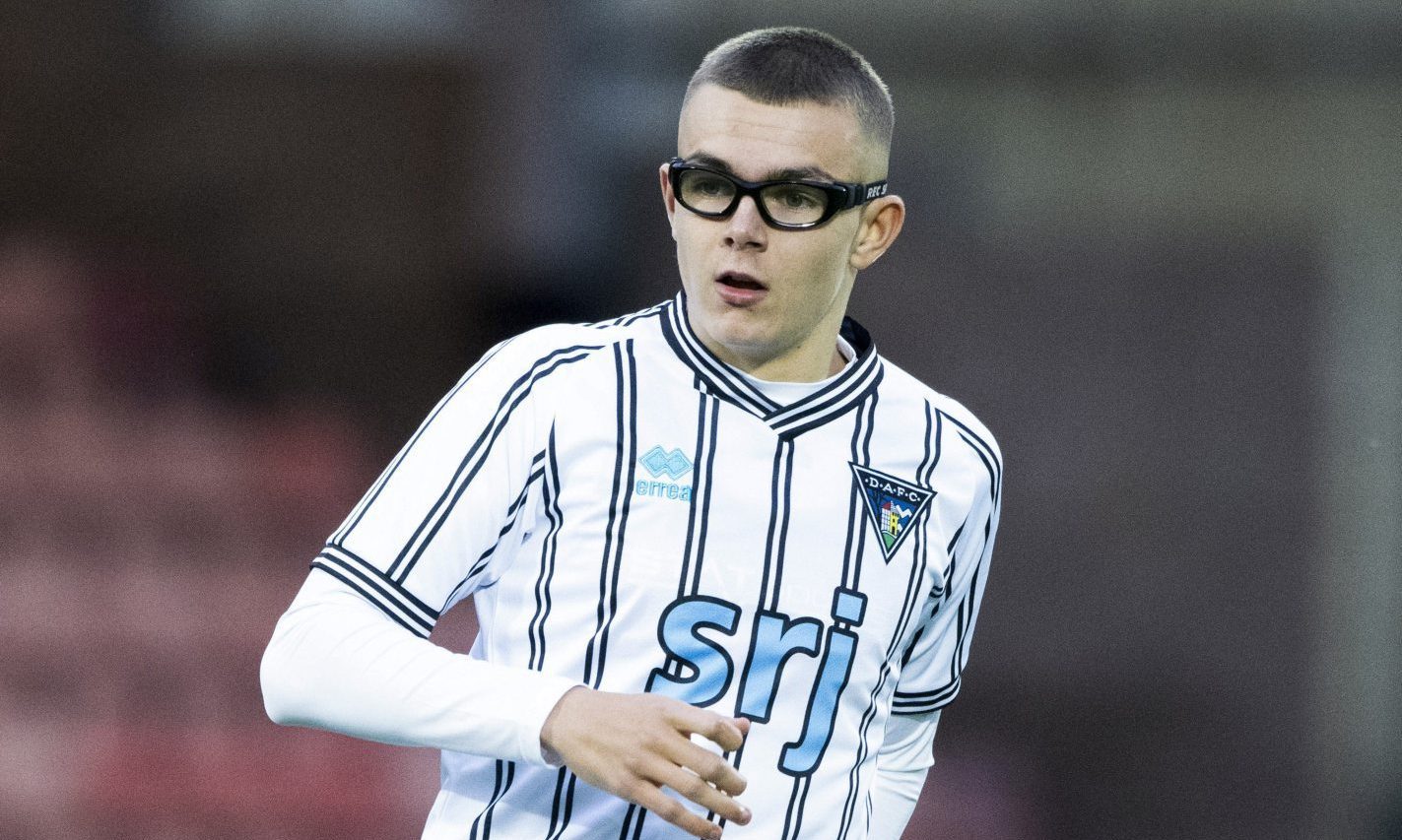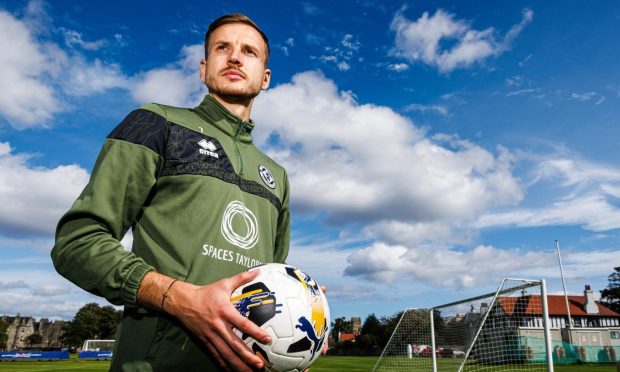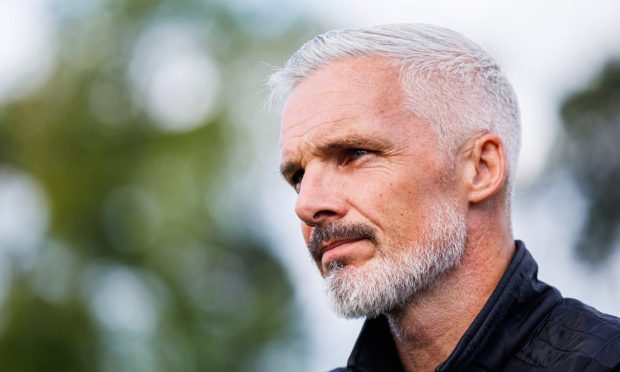The home of Scottish football will remain as Hampden Park.
The board of the Scottish Football Association (Scottish FA) have decided not to move the national stadium to Scottish rugby’s heartland, BT Murrayfield.
After considering a number of options, the Scottish FA narrowed its options down to “two positive” ones in retaining Hampden Park beyond the expiry of its 2020 lease or moving to Edinburgh.
Hampden Park, which is owned by Scottish League Two side Queen’s Park, has the capacity for 51,866 people. It has been the home of Scottish football since 1906.
On Tuesday afternoon, the Scottish FA said the Glasgow stadium will remain the home of Scottish football.
The organisation will buy Hampden Park from Queen’s Park for £5 million when the existing lease of Hampden expires in summer 2020.
The Scottish FA said the decision will “open up opportunities to continue to develop the infrastructure and create a national stadium that will inspire the next generation of football fans”.
It also said Lord Willie Haughey had pledged a £2.5 million cash commitment as “direct financial support”.
Scottish FA president Alan McRae said: “Today’s announcement has been the conclusion of a four-year process to review our national stadium beyond 2020.
“It was a hugely difficult decision and I would like to place on record our thanks to Scottish Rugby for their professionalism throughout the process.
“They made a truly compelling case to move to Edinburgh and gave us a very difficult decision to make. I would like to pay tribute to the inspiration, energy and hard work of Scottish Rugby chief executive Mark Dodson and his CEO Dominic McKay – both are true leaders in Scottish sport.
“This decision is about what was best for Scottish football and our members. It is about the future of football in Scotland.
“I would also like to thank everyone who has been part of this process and to recognise the enormous generosity of Lord Haughey.
“Finally, it has also been a hugely challenging time for Queen’s Park, Hampden Park Limited and all of the people who will be directly affected by this decision.
“We appreciate all their efforts to reach an agreement today and look forward to working with them to shape the future and continue to develop a national stadium that we can all be proud of.”
Scottish FA Chief Executive Ian Maxwell said: “I would first of all like to offer my thanks to Dominic McKay and his team at Scottish Rugby. They have been impressive throughout the process and I would like to continue to build that relationship. There is a lot we can learn from each other.
“Today is a big day for Scottish football. Hampden Park has been the spiritual home of Scottish football for over 100 years it has been central to our sport’s identity in this country. But today’s decision is about the future, not the past.
“Our mission is to inspire a nation to love the game and having a home that we can call our own is an important part of that.
“It will enable us to drive investment into the game and give us the best chance to improve football in Scotland.
“While we are now committed to Hampden Park we also recognise that it needs to change.
“We have heard the fans’ views throughout the process and agree with them that we need to improve access, transport links and the overall experience. We are committed to doing that.
“With all the commitments that have been made to the Scottish FA and Hampden Park Limited throughout this process, taking ownership of the Hampden Park site will create the potential to transform the home of Scottish football for the benefit of Scottish football fans.
“Ownership really will change the game. We look forward to working with all interested parties to achieve an exciting and fan-friendly vision for Hampden Park.
“With that in mind, we need all of Scotland to pull together to make it Scotland’s national stadium. We have heard many voice their support for the stadium. We need collective action, driven by the Scottish FA, to ensure it remains the beating heart of Scottish football.”
With a capacity of 67,000, Murrayfield is Scotland’s biggest stadium. It is owned by the Scottish Rugby Union (SRU).










